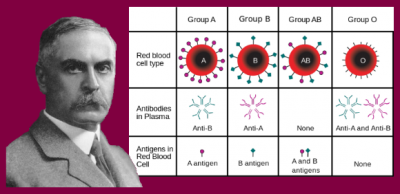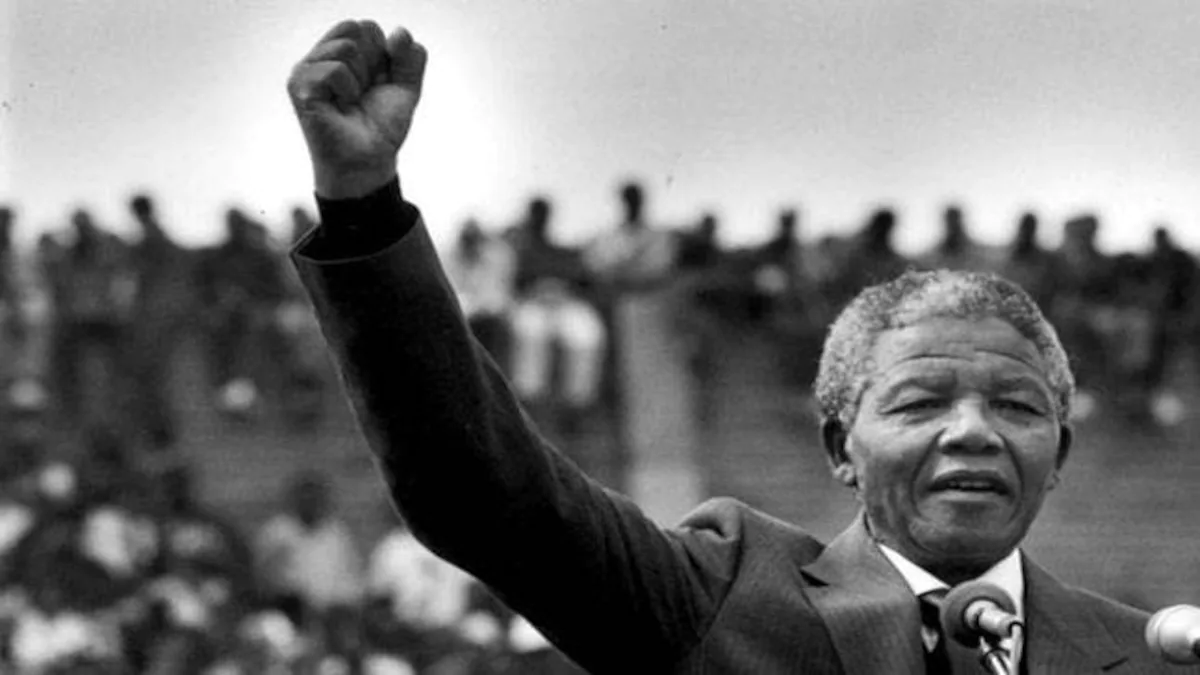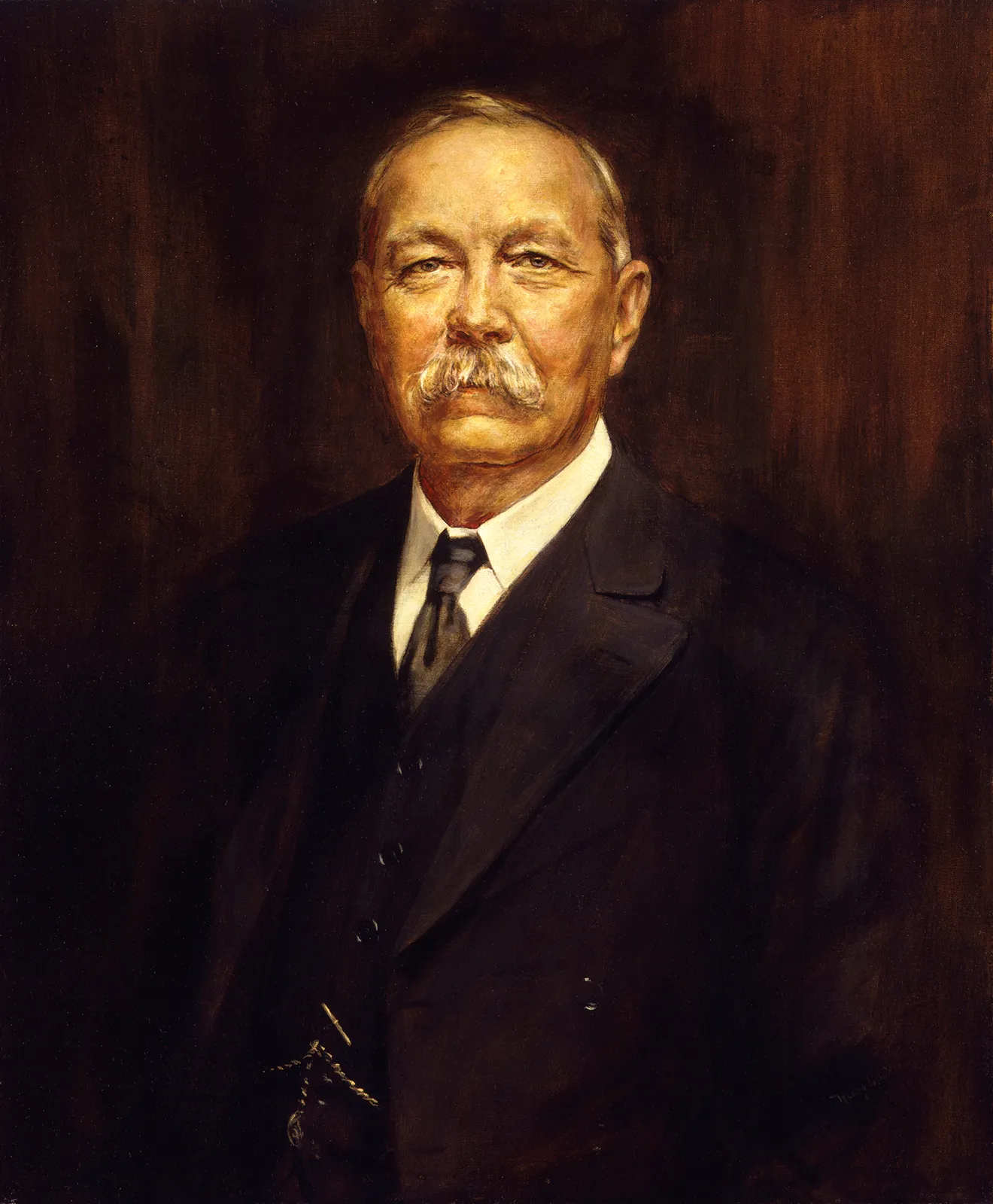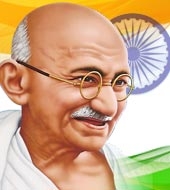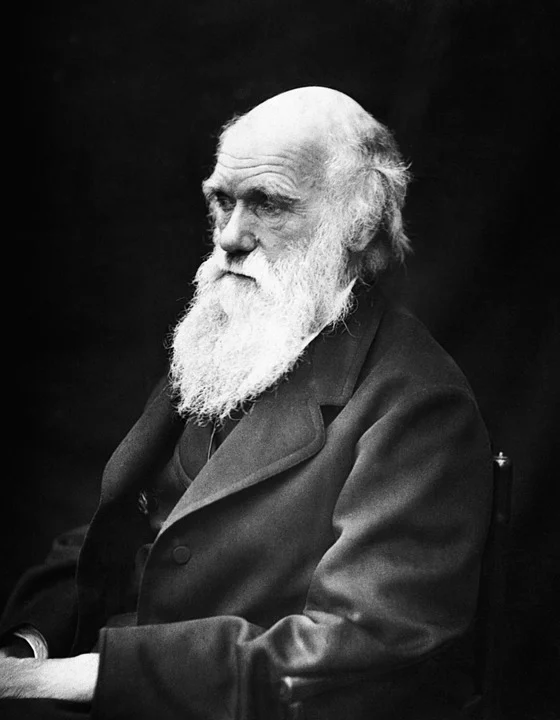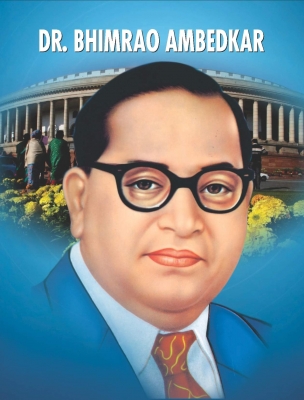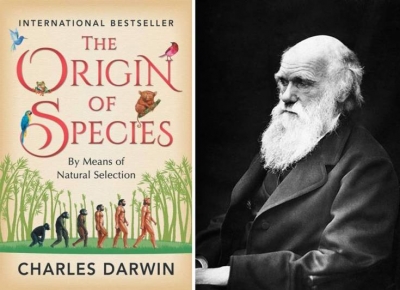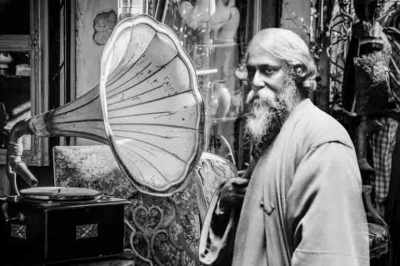
WHO TOLD “CRISIS OF CIVILIZATION”?
Rabindranath Tagore's artistic genius endeared him to millions around the world. A man of prodigious literary and artistic accomplishments, Tagore is recognised as one of the architects of modern India. Let us look back at his iconic last public address, "Crisis in civilisation".
Despite his failing health, Rabindranath Tagore attended his 80th birthday celebration in Visva -Bharati. Shantiniketan, West Bengal, on May 7, 1941. His public address for the occasion titled 'Crisis in civilisation' was not only his last speech in his beloved university, but also his last public pronouncement. His parting message to the world dealt with the state of modem civilisation and how it had been shaken to its foundations by war and oppression.
Tagore's activism
Tagore's involvement with various issues pertaining to social reform began quite early in his life. By the time the poet turned 20, he had already authored several essays commenting on the burning issues of the day. The writer's engagement with the idea of nationalism changed throughout his life.
In the first decade of the 20th Century, Tagore emerged as one of the strongest proponents of the Swadeshi movement. The years leading up to the movement came under the writer's pro-nationalism phase.
He withdrew from the movement in 1907. His work during this period showcased his disillusionment with the ideology of the nation and the Indian nationalist movement as a whole.
What is a nation?
The late 19th Century witnessed the idea of a nation emerge in the Indian consciousness. It was chosen and propagated by Indian intellectuals and political activists to invigorate a sense of unity among the citizens. At the time it was seen as a necessary tool to fight against the colonial forces.
But Tagore fiercely denounced this idea. He felt a nation-state was only a representation of organised power and had a mechanical function.
The nation as a machine
Tagore argued that a nation fundamentally prioritised commercial expansion and economic profit over humanity and moral values. The poet elaborated how this western idea was the reason our people and natural resources were exploited in the first place by the European invaders.
His thesis on the topic asserts that the mechanisms of a nation transform men into one-dimensional units of machinery whose purpose in life is limited to the creation of surplus wealth at the expense of the weak.
The nation as a machine, fine-tuned for profit-making, disturbs the spirit of harmony which is the quintessential feature of Indian history and culture.
Crisis in civilisation
Tagore began his address by commenting how old age is a time for reflection and recollection. Looking back at the vast stretch of years that lay behind him, he finds himself shocked by the change in his attitude and that of his countrymen.
Even at his weakest moment, Tagore was anguished by the state of the country as he said. "The wheels of fate will one day oblige Englishmen to give up their Indian empire. But what kind of a country will they leave behind them? What stark wretched misery?.... What wasteland of filth and hopelessness?" (an excerpt from Crisis in civilisation)
The writer recalls how educated Indians of his generation who studied English literature and liberalism once foolishly believed in the magnanimity of the English, and their idea of enlightenment. He utilises this opportunity to announce that the West has failed in establishing itself as the emissary of light and knowledge, and now all hope lies with the East.
"As I look around I see the crumbling ruins of a proud civilization strewn like a vast heap of futility. And yet I shall not commit the grievous sin of losing faith in Man...Perhaps that dawn will come from this horizon, from the East where the Sun rises. A day will come when unvanquished Man will retrace his path of conquest, despite all barriers, to win back his lost human heritage" (an excerpt from Crisis in civilisation) According to Tagore, the defining feature of Indian civilization which we are on the verge of losing is sympathy. Referring back to the ancient text of Manusmriti and the idea of 'sadachar (proper conduct), he suggests that the Indian interpretation of the word civilization has always sought to establish a relationship with the world not through the cultivation of power but through fostering sympathy. To attain true liberation, Indians must first become aware of their heritage and the spirit of India, which has been suppressed by the wholesale acceptance of western education.
DID YOU KNOW?
1. Tagore was the first non-European to win the Nobel Prize in Literature in 1913.
2. Tagore was the founder of Visva-Bharati, a public central University, located in Shantiniketan, West Bengal,
3. The preface of Tagore's most acclaimed work, Gitanjali, was written by another great poet of the 20th Century. W.B. Yeats.
4. On 14 July 1930, Rabindranath Tagore visited Albert Einstein's house in Caputh, near Berlin. Their conversation was recorded and published as "The Nature of Reality" in the Modern Review magazine's 1931 January issue.
Picture Credit : Google
